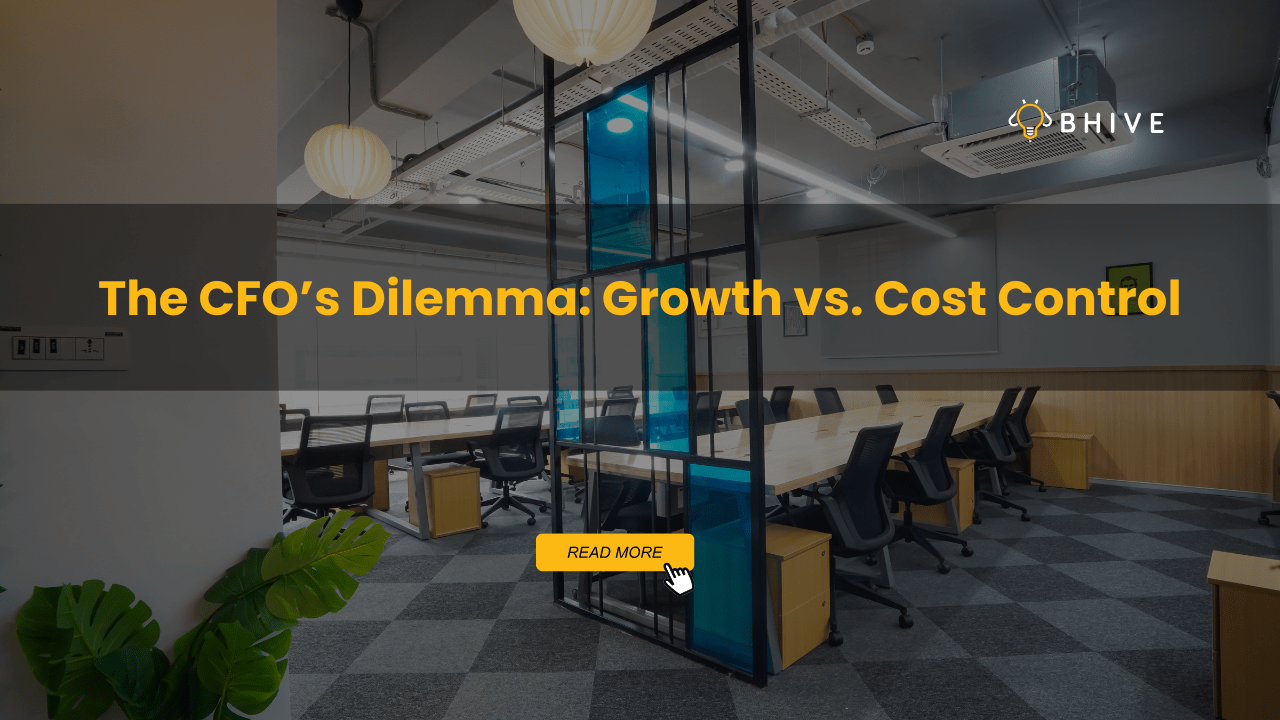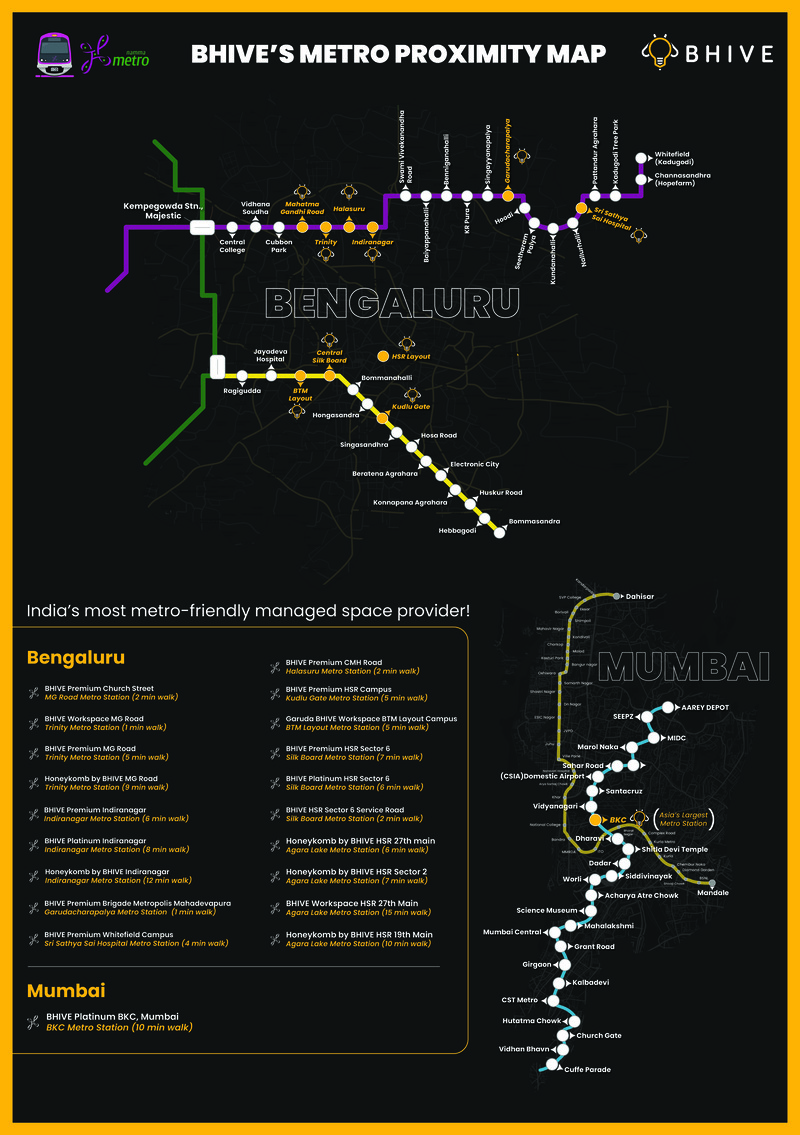Preserving heritage while embracing modernity through reuse

As the coworking segment is all set to make it big and emerge as a prominent asset class within the office segment, some players are taking innovation to a whole new level by preserving heritage. The flex segment has grown at an impressive rate over the last few years. The share of space leased by flex players in GLV, grew from 9% in FY20 to 14% in FY23. Moreover, operator space take-up (MSF) in the flex sector in FY23 recorded ~57% growth over FY20 and ~76% growth over FY22. This is a clear marker for growth, establishing the fact that demand for coworking spaces is on the rise, thus prompting operators to find new ways of creating quality spaces.
While a lot of operators are still facing challenges to lease and acquire spaces in the wake of rising property prices, a renowned Bengaluru-based operator is playing the game a bit differently. The coworking operator which is the largest in Bengaluru with an ever-growing pan India presence, has taken the route of adaptive reuse where they are transforming old buildings into modern workspaces.
Simply put, adaptive reuse is repurposing old historical buildings and optimizing the space. The main objective of adaptive reuse is to preserve architectural and cultural heritage while giving new life to the building. While this concept is quite popular in the West, in India the general solution is the demolition of old buildings and the construction of new buildings all over again. In the process, builders not only incur heavy costs but also tend to destroy the heritage value of a particular building. But in the West, there are ample examples where 150–200-year-old buildings are refurbished and revamped to create modern offices and retail stores, thus saving the cultural value of the building in question. A classic example is New Jersey’s Roebling Lofts – a LEED Gold-certified mixed-use complex. The original building was constructed in 1917 and now stands as a shining example of sustainable building transformation.
The coworking operator has taken the same road and aims to create workspaces that are not just futuristic but also hold immense historical and cultural value. Through this practice, they are meeting the rising demand for modern workspaces and balancing it with heritage conservation. The player, in addition to offering best-in-class hospitality, a productive work environment, and a vibrant community, has helped its members save over 30% in costs compared to traditional office solutions. With the focus shifting more towards adaptive reuse of historical buildings, this cost-saving percentage is likely to increase multifold.
Adoption of adaptive reuse also enables the operator to create spaces that are sustainable and future-ready. Old buildings are at a greater risk of going obsolete and redevelopment is a costly affair given the rising cost of construction and other input costs. Adaptive reuse is on the other hand a very smart way of transforming existing assets and infusing them with amenities to make them more compliant. This is not only creating more supply of quality assets but also creating assets that are desired by the modern occupiers.
Looking at the above factors, it can be rightly concluded that this is just the beginning and the practice employed by the operator will set an example for others. Eventually, adaptive reuse will transform the office reality, especially the coworking segment in India. The adoption of adaptive reuse will not only preserve heritage buildings but will also create more affordable workspaces. The cost of renting or buying office space in India is high. Adaptive reuse can help to create more affordable workspaces by converting old, unused buildings into coworking spaces. Besides, adaptive reuse can help to reduce the environmental impact of construction by reusing existing materials and infrastructure. Finally, the continuous adoption of adaptive reuse will revitalize urban areas by creating new spaces for people to work, live, and play.







